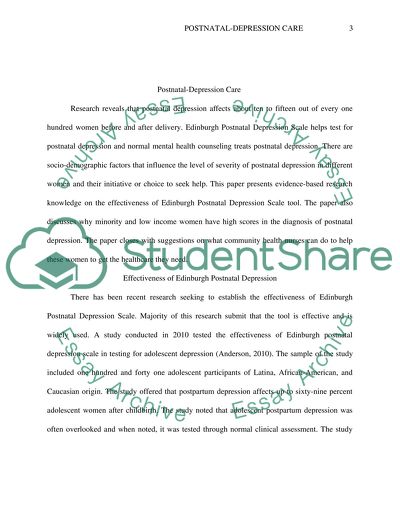Cite this document
(“Edinburgh Postnatal Depression Scale (EPDS) and Community Health Research Paper”, n.d.)
Retrieved from https://studentshare.org/nursing/1628102-edinburgh-postnatal-depression-scale-epds-and-community-health-nursing
Retrieved from https://studentshare.org/nursing/1628102-edinburgh-postnatal-depression-scale-epds-and-community-health-nursing
(Edinburgh Postnatal Depression Scale (EPDS) and Community Health Research Paper)
https://studentshare.org/nursing/1628102-edinburgh-postnatal-depression-scale-epds-and-community-health-nursing.
https://studentshare.org/nursing/1628102-edinburgh-postnatal-depression-scale-epds-and-community-health-nursing.
“Edinburgh Postnatal Depression Scale (EPDS) and Community Health Research Paper”, n.d. https://studentshare.org/nursing/1628102-edinburgh-postnatal-depression-scale-epds-and-community-health-nursing.


